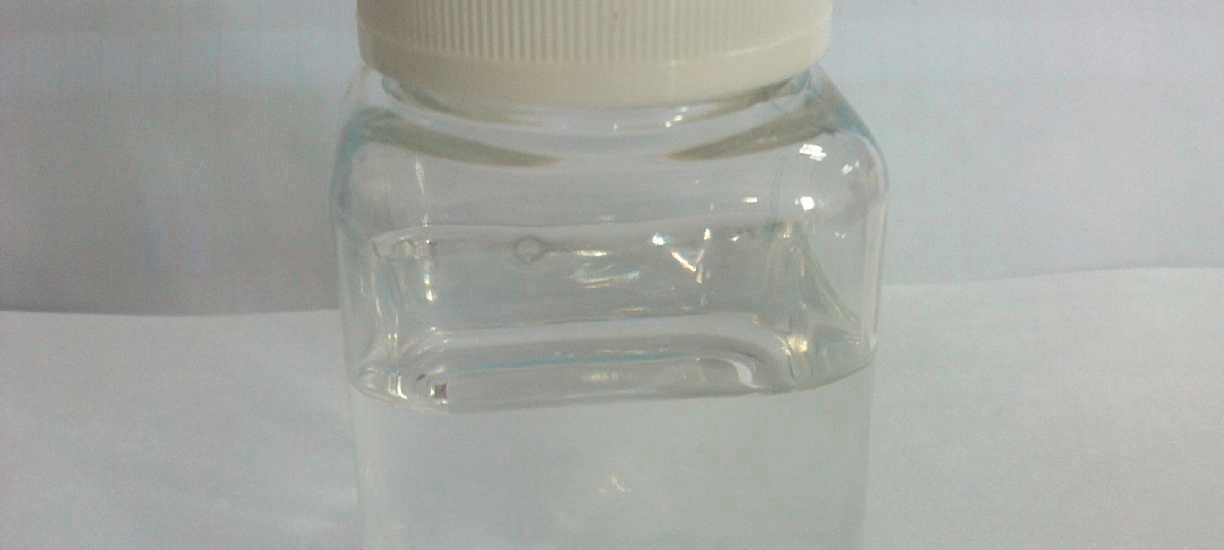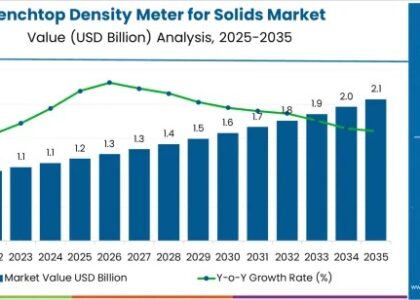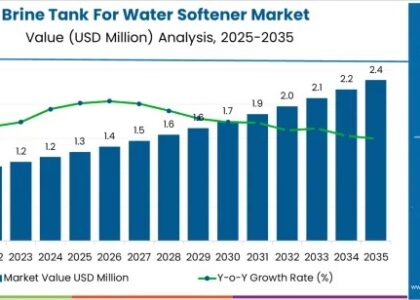Introduction: A Solvent with Hidden Potential
N-Heptane, a straight-chain alkane with the chemical formula C₇H₁₆, is traditionally known as a standard reference solvent in laboratories and as a component in fuel testing. Its non-polar nature, low boiling point, and minimal odor have made it a staple in industries such as pharmaceuticals and paints. However, beyond these conventional applications, N-Heptane is emerging in less-discussed yet high-impact domains. Its increasing relevance in precision manufacturing and as a green solvent alternative is reshaping how stakeholders view this compound. As environmental regulations become stricter and the demand for ultra-clean manufacturing processes grows, N-Heptane is quietly transitioning from a commodity chemical to a strategic asset in industrial operations.
𝐌𝐚𝐤𝐞 𝐈𝐧𝐟𝐨𝐫𝐦𝐞𝐝 𝐃𝐞𝐜𝐢𝐬𝐢𝐨𝐧𝐬 – 𝐀𝐜𝐜𝐞𝐬𝐬 𝐘𝐨𝐮𝐫 𝐒𝐚𝐦𝐩𝐥𝐞 𝐑𝐞𝐩𝐨𝐫𝐭 𝐈𝐧𝐬𝐭𝐚𝐧𝐭𝐥𝐲! https://www.futuremarketinsights.com/reports/sample/rep-gb-6547
Precision Manufacturing: A Silent Revolution
One of the most underappreciated uses of N-Heptane is in the field of precision manufacturing, particularly in electronics, optics, and aerospace. These industries require solvents that can clean without corroding or leaving residues, especially on sensitive components such as circuit boards, microchips, and lenses. N-Heptane’s high volatility and chemical inertness make it ideal for such applications. Unlike traditional cleaning agents that may leave ionic residues or degrade substrates, N-Heptane evaporates rapidly, ensuring a dry and clean surface with minimal risk.
For example, in the semiconductor industry, N-Heptane is used during the post-fabrication cleaning process to remove organic contaminants. According to Future Market Insights, the global n-Heptane Market is projected to reach USD 783.3 Million by 2024, and it is expected to expand at a compound annual growth rate (CAGR) of 5.6% from 2025 to 2035. By the end of the forecast period, the market value is anticipated to exceed USD 1,425.7 Million. Similarly, aerospace manufacturers utilize N-Heptane for degreasing precision machined parts before final assembly to avoid micro-contamination that could lead to mechanical failure under stress.
The Rise of N-Heptane as a Green Solvent Substitute
Environmental sustainability has become a pivotal concern across chemical manufacturing. Regulatory bodies, including the U.S. Environmental Protection Agency (EPA) and the European Chemicals Agency (ECHA), are imposing restrictions on toxic solvents such as toluene, benzene, and certain isomers of hexane due to their high toxicity and long-term health hazards. As a result, N-Heptane is increasingly being adopted as a safer alternative.
While not entirely benign—owing to its flammability and moderate VOC rating—N-Heptane is considerably less toxic and less persistent in the environment than many of the solvents it is replacing. In 2022, a report by the European Solvents Industry Group noted a 12% increase in demand for N-Heptane across the EU, driven by its role in replacing chlorinated and aromatic hydrocarbons in industrial cleaning and adhesive formulation. This trend is mirrored in Asia, where electronics manufacturing hubs in South Korea and Taiwan are turning to N-Heptane-based cleaning agents to meet export compliance standards and reduce workplace hazards.
𝐔𝐧𝐥𝐨𝐜𝐤 𝐂𝐨𝐦𝐩𝐫𝐞𝐡𝐞𝐧𝐬𝐢𝐯𝐞 𝐌𝐚𝐫𝐤𝐞𝐭 𝐈𝐧𝐬𝐢𝐠𝐡𝐭𝐬 – 𝐄𝐱𝐩𝐥𝐨𝐫𝐞 𝐭𝐡𝐞 𝐅𝐮𝐥𝐥 𝐑𝐞𝐩𝐨𝐫𝐭 𝐍𝐨𝐰: https://www.futuremarketinsights.com/reports/n-heptane-market
Market Trends and Demand Forecasting
The global N-Heptane market, while relatively niche compared to broader petrochemicals, is exhibiting a unique pattern of growth. Market analysts forecast a CAGR of 5.2% through 2030, with growth largely fueled by advanced manufacturing and the push for green chemistry compliance. A lesser-known driver is the demand for high-purity isomers of heptane, which are being explored in specialty ink formulations and analytical chemistry.
Regions such as North America and East Asia are expected to dominate consumption, but emerging markets in Southeast Asia and Eastern Europe are showing a steady rise due to investments in clean manufacturing. Additionally, the N-Heptane price forecast is stabilizing after years of volatility, thanks to improved upstream feedstock availability from natural gas liquids (NGLs), which are becoming more economically viable due to technological advances in shale gas extraction.
Competitive Landscape and Alternatives to N-Heptane
Though N-Heptane enjoys several advantages, the market is becoming more competitive with the rise of bio-based solvents and green chemistry initiatives. Alternatives like methyl soyate and d-limonene are gaining traction in certain applications where biodegradability is paramount. However, these often fall short in terms of evaporation rate and chemical stability, making N-Heptane a more effective choice for precision uses.
Furthermore, various isomers of heptane—such as 2-methylhexane and 3-methylhexane—are also being explored in niche applications for their slightly altered solvent properties. While these isomers offer certain performance benefits, their higher cost and limited availability restrict their adoption at scale. For now, N-Heptane remains the optimal balance between performance, safety, and cost.
Challenges and Opportunities: What’s Holding It Back?
Despite its growing value, N-Heptane faces challenges that limit its full market potential. Chief among these are safety concerns related to flammability and inhalation risks, particularly in poorly ventilated industrial settings. Moreover, awareness of its advanced industrial roles is still limited, with many companies defaulting to legacy solvents without reevaluation. On the flip side, this represents a significant opportunity for chemical suppliers to educate end-users and promote reformulation strategies that leverage N-Heptane’s strengths.
Hydrocarbons, Petrochemicals, and Organic Chemicals: https://www.futuremarketinsights.com/industry-analysis/hydrocarbons-petrochemicals-and-organic-chemicals
Innovations in solvent recovery and closed-loop cleaning systems are also making it easier to mitigate safety concerns. Manufacturers that invest in such systems can reduce both environmental impact and long-term costs, while improving compliance with regulatory frameworks.
Conclusion: From Commodity to Strategic Material
N-Heptane is no longer just a lab solvent or a fuel component. Its journey into precision manufacturing and green chemistry is emblematic of a broader shift in how industrial solvents are perceived and utilized. With its favorable balance of volatility, solvency, and safety, N-Heptane is carving out a new identity as a strategic material in sectors demanding both performance and compliance.
As regulations continue to evolve and high-tech industries demand cleaner, more consistent production environments, N-Heptane’s role will only expand. The future of the N-Heptane market lies not in volume, but in value — a future shaped by innovation, precision, and sustainability.






